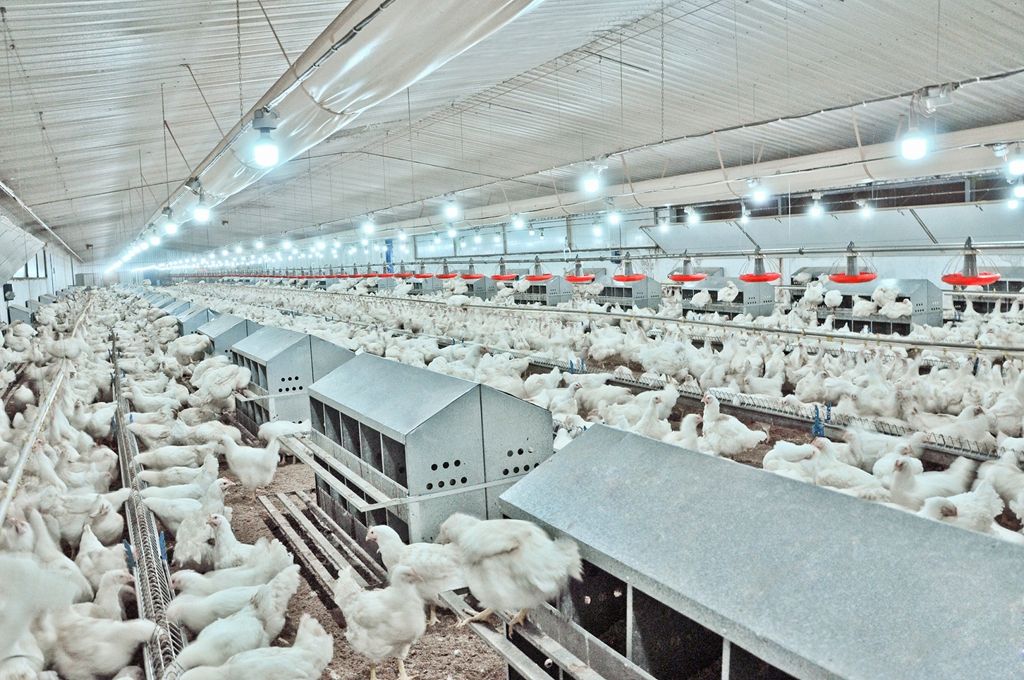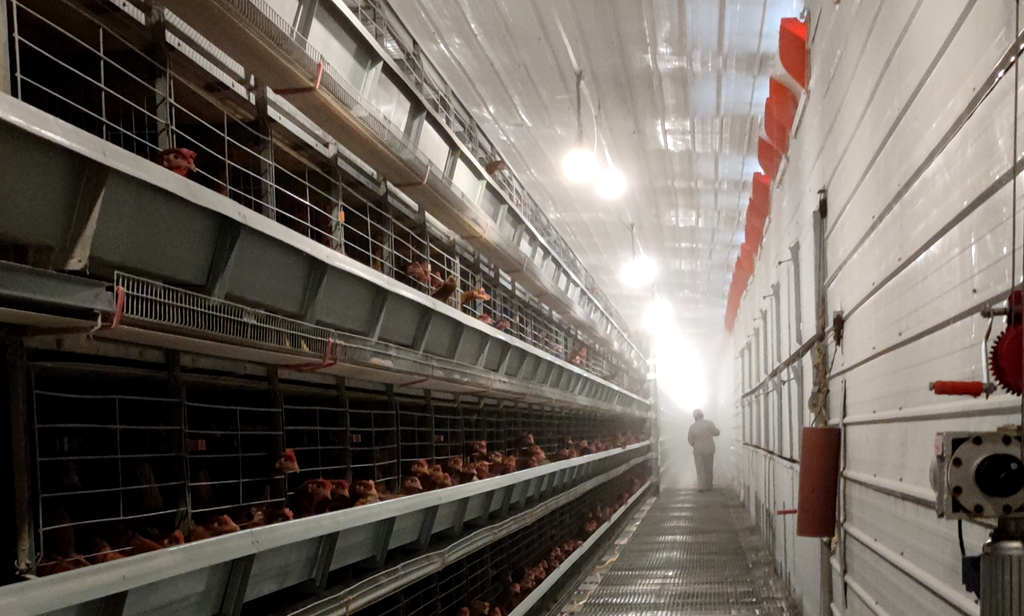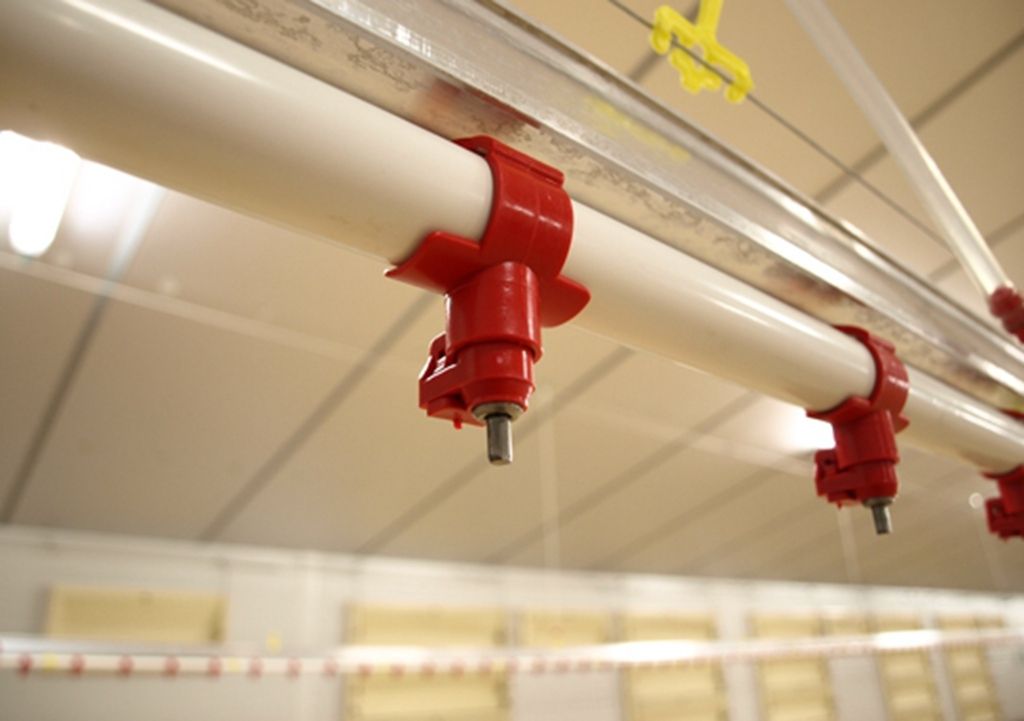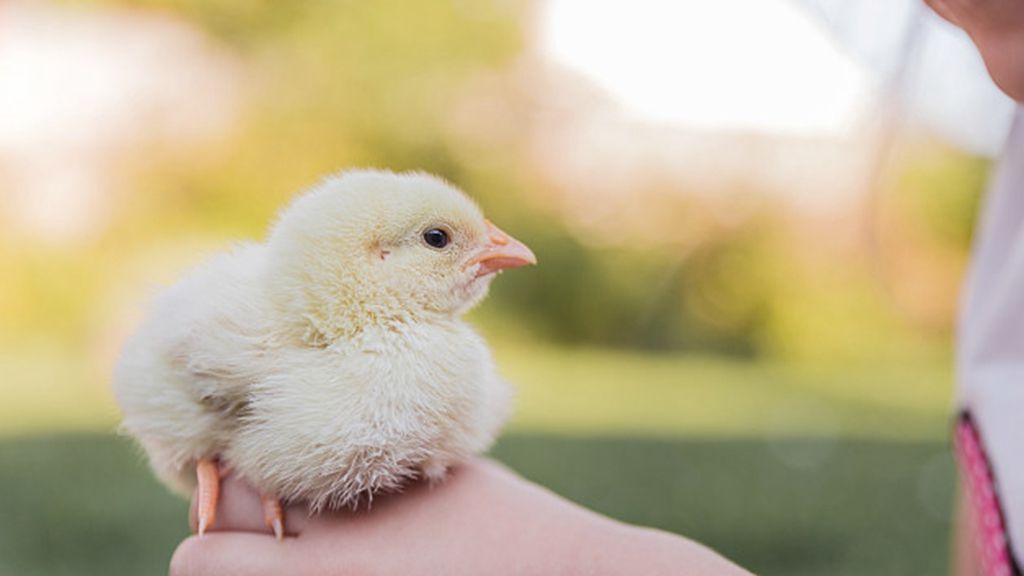Industry news
How to breed chickens in large chicken farm? Doing the following seven points is not far from success (3)
Added:2022-01-07
Continue from the previous article
Today we discuss Lighting, water and Medication
5. Reasonable lighting procedures
The implementation of artificial control of lighting or supplementary lighting is one of the indispensable major technical measures in modern chicken production, and it must be highly valued and strictly implemented. The principle of formulating the care system is that the chicks and the rearing period are both in the growth stage. The lighting system at this stage is to promote the healthy growth of the chicks, but to prevent the hens from premature sexual maturity. After the mother chicks are 10 weeks old, the long light time will stimulate the accelerated development of their sexual organs, and the premature sexual maturity will be detrimental to their future egg production. Therefore, the lighting time at this stage should be short or gradually shortened, not gradually extended, and the light intensity should be weak. The principle of the laying period is to make the hens start to lay at the right time and reach the peak, so as to give full play to their laying potential. Therefore, the lighting time should be long, not gradually shortened, and the intensity should not be weakened.
5.1 Light management during brooding and growing period
Chicks can only be familiar with the environment under light conditions, foraging and drinking. In the first few days of brooding, the light intensity should be 2-3 times higher than the normal light intensity. At this time, the better light intensity is 20LUX, After 2-3 days, the light intensity gradually weakens, and the final light intensity is 5LUX.
After two months of age, chicks’ gonadal development speeds up, and light promotes gonadal enhancement. In addition, modern commercial hybrid layer hens are genetically precocious, which makes sexual maturity earlier than body maturity, causing the young hens to start prematurely. The time for laying and laying small eggs is too long and the annual egg production is not high. Therefore, it is necessary to control the light to delay sexual maturity and develop synchronously with body maturity in order to improve production performance. In production, the light time and intensity are generally controlled from the end of the brooding period, and it should not exceed 10 weeks of age at the latest. Within the allowable range, if the light time and intensity are gradually increased, it will also promote sexual maturity. Therefore, during the rearing period, especially the later period, the light time and the light intensity cannot be extended.
5.1.1 Closed chicken house
Relying entirely on artificial lighting, it is easy to control the lighting. Newborn young prostitutes maintain 23-24 hours of light time within 48 hours, and the light intensity at the height of the feeder is 20lx, so that water and materials are easy to find and easy to eat. From the third day to the second weekend, the light time gradually decreased to 15 hours and the intensity gradually decreased to 5lx. From 3-17 weeks, the light time gradually decreased to 8-9 hours a day, and the intensity remained unchanged. The transition to the lighting system during the laying period begins at 18 weeks of age.
5.1.2 Open chicken house
It is greatly affected by natural light, and the intensity and time of natural light fluctuate with seasonal fluctuations. For example, the sunshine time in the northern hemisphere is 14-15 hours from June to July, and about 9 hours from December to January of the following year. Therefore, artificial light must be adjusted and supplemented by natural light in order to adapt to the growth and development of chicks.
The adjustment and supplement of lighting should be carried out according to the date of hatching, rearing period, changes in local sunshine time and the maximum sunshine time. In the northern hemisphere, between December 21 and June 21 of the following year, the duration of sunshine showed an upward trend, and after June 21, it was in a stage of declining sunshine hours.
The chicks hatched from May 4th to August 25th are in a period of gradual shortening of sunlight in the late growth stage. In order to adapt to the chickens, natural sunlight can be fully utilized. The above date is determined based on the control of light from the 8th week, and the transition of the laying period from the 18th week. This is different from the previous implementation of controlling the light time from the 10th week and the transition to the laying period from the 21st week. The main reason is that the sexual maturity of modern laying hens is generally advanced.
The chicks hatched from August 26 to May 3 of the following year are in the late growth stage in the sun's growing or longer period. They are untimely chickens. If the natural light is fully utilized, the female chicks will usually mature and senile prematurely. In order to prevent premature delivery of chickens at inappropriate times, artificial light should be used to supplement the light and control the light time.
There are two specific methods: ①Constant light time: The light hours in the first week is 23 hours, and the longest sunlight time between 2-17 weeks is found in the second cycle is 14 hours. This light time is maintained until 17 weeks. From the 18th week onwards, increase by 0.5-1 hour every week until the laying hours are reached. ②The light time is gradually shortened: add artificial light to the maximum number of hours of sunlight during the period of 2-17 weeks of age, and then gradually decrease. The light hours in the first week is 23 hours, and then the longest sunshine hours between 2-17 weeks can be found according to local meteorological data, plus 3.5 hours of artificial light (such as 14 hours of natural light, plus 3.5 hours for a total of 17.5 hours of light) ) As the light hours of the 2nd week of age, thereafter, it will be reduced by 15 minutes per week, and 3.5 hours will be subtracted at the age of 17 weeks. The light hours of the laying period will be increased by 0.5-1 hour to 16 hours per week for 18 cycles.
Among the above two schemes, scheme ① is easier to implement in production, but the effect of mature control is not as good as the more troublesome scheme ②. The light intensity of the above open chicken house should be gradually reduced to 5-10xl from the 4th day of age. The lighting scheme is suitable for commercial laying hens. For layer breeders, in order to fully develop their body shape, obtain a larger laying weight, and increase the qualification rate of breeding eggs, the increase in light can be delayed by 2-3 weeks compared with laying hens.
5.2 Light management during the laying period
It is better for laying hens to have 16 hours of light per day, and the daily light hours exceed 17 hours, which has a certain inhibitory effect on egg production. When the care intensity is less than 20lx, the egg production will increase with the increase of light intensity; between 20-40lx, the egg production will not change significantly; if the care intensity is above 40lx, the dead panning rate of chickens will increase and affect the total egg production.
5.2.1 The light management of the airtight chicken house during the laying period can be based on the 8-9 hours of light during the rearing period, plus 1 hour per week; after 2 consecutive weeks, add 0.5 hours per week until 16 hours, 16 hours of light can be It has been constant to 60 weeks of age; after 60 weeks of age, the lighting time will be extended to 17 hours until the end of elimination. According to the principle that increasing light has a stimulating effect on the egg production performance of chickens, in actual production, it can be increased by 15 minutes per week, or 0.5 hours in 2 weeks, until it increases to 16 hours, so that the increasing light stimulates more times, It is good for chicken egg production.
5.2.2 The lighting principle of open chicken coops is to use natural light and artificial light to supplement the principle. Generally, the lights are turned on once in the morning and evening. At the start of production, it is also necessary to increase the light method gradually. The ideal method of supplementing light is to supplement the light in the morning, which is more in line with the physiological characteristics of the chicken, and the daily egg laying time can be advanced. No matter which kind of lighting system is adopted, it has been established and should be strictly implemented, otherwise it will affect the egg production rate. In order to simplify the management method, no matter what season it can be set from 4 am to 20-21 pm.
6. Uninterrupted drinking water:
Water is easily overlooked but it is an extremely important nutrient for chickens. In order for broilers to gain rapid weight under the conditions of higher temperature and high-energy dry feed, it is necessary to supply sufficient high-quality water.
Water consumption is related to feed intake, which is about 1.5 to 2 times of feed intake. It is related to feed type, feed intake, environmental temperature, water temperature, chicken weight, activity level and so on. The change in water consumption can sensitively reflect the health of the flock. For example, in the case of disease or stress, the decrease in water consumption is often 1 to 2 days earlier than the decrease in feed intake. This has important guiding significance for early detection and timely prevention in daily management.
7. Medication:
Medication must be used in the chicken feeding process, which can effectively control the potential infection and incidence of pathogens. Medicine is not a panacea, but it is absolutely impossible not to feed it.
It is necessary to strengthen feeding management and work hard to reduce the root causes of the disease; use preventive drugs to eliminate potential disease sources in the bud; use drugs in the early stage of the disease to control them within the scope of treatment. Under the guidance of veterinarians, rational use of medicines and prescription of the right medicine are the general principles of medication. Blind use of drugs can only increase expenses and bring side effects.
When a chick is born, there are very few bacteria in its body, and as a new creature, it has strong vitality and generally does not get sick. It is only because of the poor quality of the environment that we provide that we get sick. Therefore, when you encounter a disease, you must analyze the cause and find the real "culprit" in order to solve the problem. The disease cannot be controlled simply by feeding medicines, and the disease can be reduced only by learning the feeding and management. Chickens are fed by “management”, not by “medicine”. Medicine feeding is only an auxiliary method.
This series of discussions ends here, and any discussion about breeding is welcome to contact us
For related news, please click the following link





